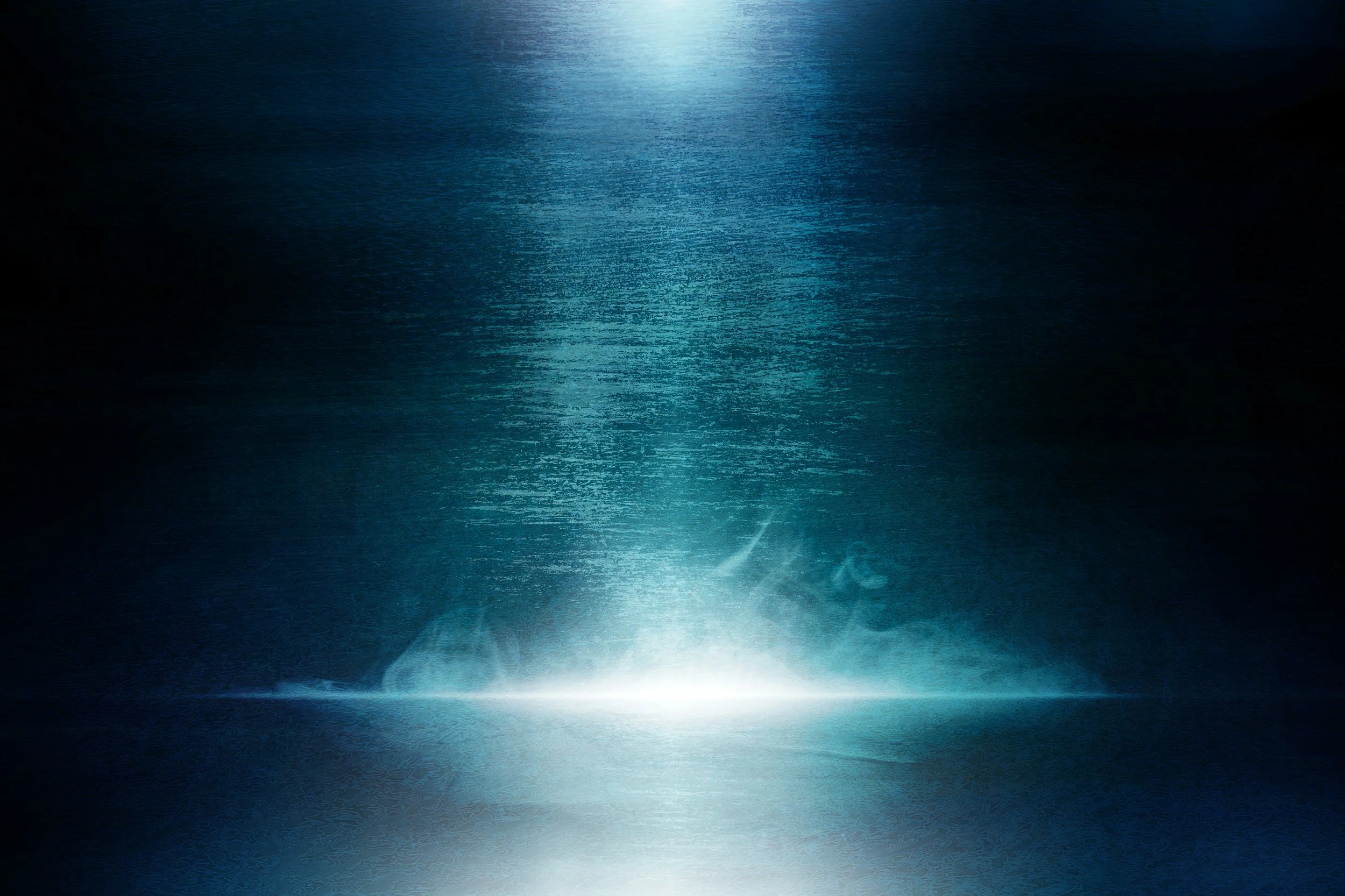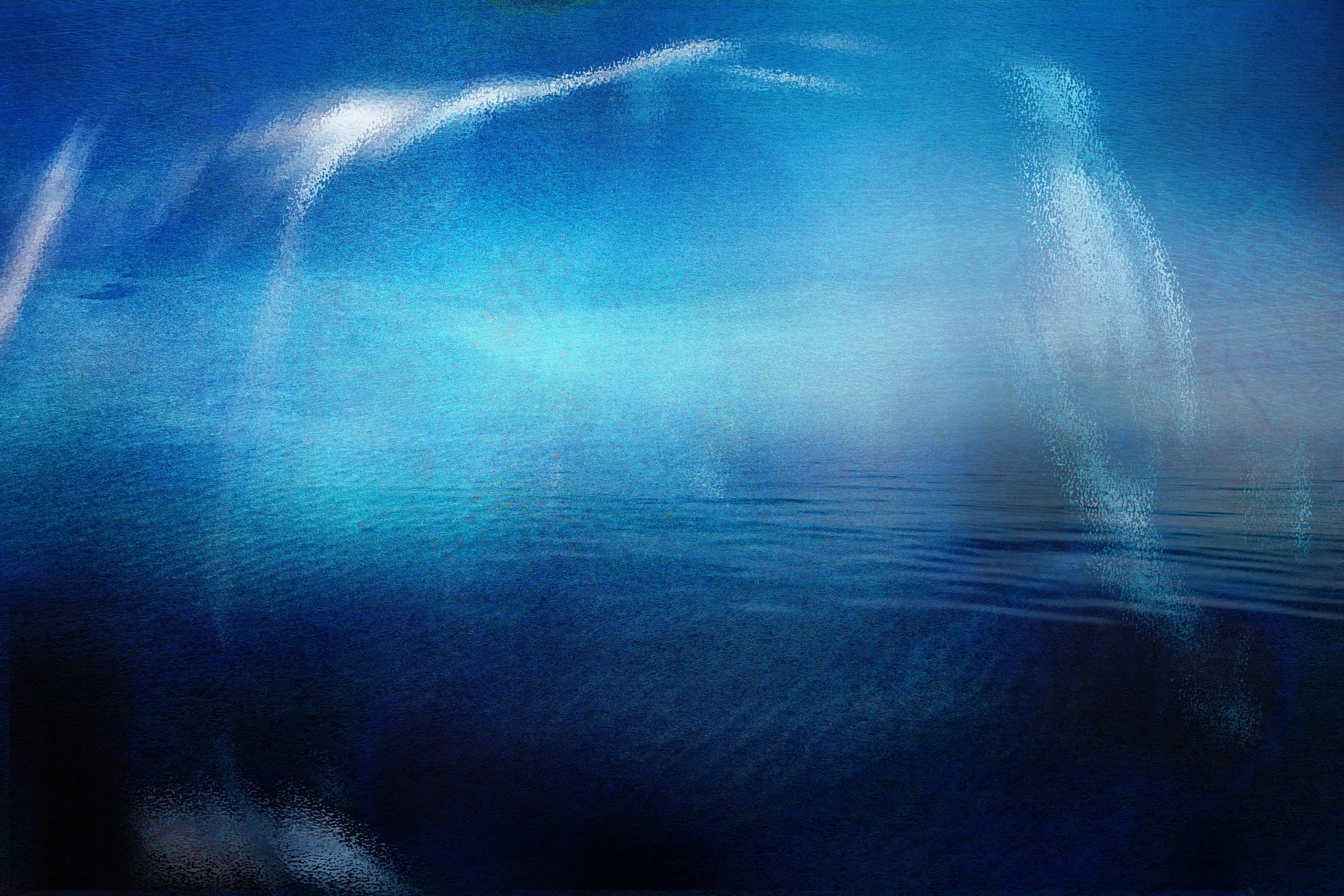
School: Digital Naturalism
Digital Naturalism – A Quiet Proposal for Visual Art
Contemporary digital art often feels overly sharp and synthetic. The medium, by default, produces images marked by high contrast, artificial saturation, and overprocessed effects—traits that can create visual fatigue rather than resonance.
Digital Naturalism, as developed by Yasuo Oda, proposes an alternative. It is a practice that seeks to moderate the digital medium’s inherent harshness and restore a sense of visual balance—one that aligns more closely with human perception and the atmosphere of the natural world.
To feel natural does not mean to imitate realism. Instead, it means to be gentle on the eyes, to engage sensory intuition, and to invite stillness without losing depth. Oda’s work constructs light as presence rather than effect—achieving softness through structure, not sentiment.
Digital, yet soft. Architected with light, but grounded in perception.
Digital Naturalism offers a quiet, perceptual countercurrent in the evolution of screen-based art.
Method: Layered Collage with Digital Blend
Layered Collage
Traditional painting is built on pigments—subtractive CMYK color that absorbs light to form images. For centuries, artists have worked within these physical limits to simulate the presence of light. In contrast, digital screens operate through RGB: an additive color system where red, green, and blue combine to generate pure light itself. This foundational difference is often ignored, with many digital works continuing to imitate the logic of paint.
My practice responds directly to this condition. Instead of mimicking analog techniques, I use RGB as a material—not to represent light, but to construct it. Each composition is built through a Layered Collage approach: stacking and arranging image fragments not for content, but for their structural role. These fragments function as “paint with shape,” modulating space, transition, and atmosphere.
Within this structure, I apply a proprietary Digital Blend process—adjusting RGB integration layer by layer to shape light behavior. Rather than texture or brush simulation, each layer is tuned to influence depth, diffusion, and luminance directly.
Through this method, the screen ceases to be a passive display. It becomes an emitting field. Color becomes light. Form becomes energy. The image does not depict — it illuminates.
This is not digital painting. It is light-based image architecture, developed within the logic of the screen. It frees digital art from the constraints of mimicry and establishes a native visual language—fluid, immersive, and immate
Style: Purified Art
Style: Purified Art
My work does not symbolize light — it embodies it. These are not images about spirit; they are direct transmissions of light as being. I seek to build perceptual sanctuaries where light reveals itself as presence, dissolving the boundary between viewer and existence.
This approach belongs to what I call Purified Art — minimal, luminous compositions that show light in its most essential state. Each piece is constructed through a digitally native process, where RGB becomes a source of living luminosity rather than a surrogate for material media. These works are neither photographs nor digital paintings — they are layered portraits of light itself, shaped to evoke resonance from within.
Some may appear as thresholds, horizons, or inward architectures, yet they are not representations. They are invitations to remembrance. In this state, light is not symbolic. It is the original condition of being before form. My work stands between worlds: childlike in sincerity, yet refined through the structural clarity of museum formalism. In these spaces, light is not merely seen — it is remembered.



